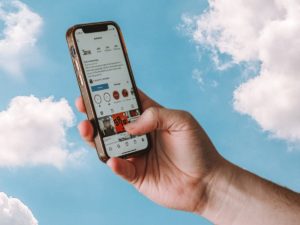In Part 1 of the value of 360° brand development, we discussed the value of collaboration. In Part 2, we’ll explore the Keys to Success for developing an authentic, engaging, and aspirational brand with longevity.
Keys to Success
There are 4 keys to successfully creating the best brand. They include:
- A 360° perspective including a Brand Development Team
- C-Level leadership/champion
- Research
- Clear understanding of the metrics/measures of success
It’s been our experience that the best way to get a 360° perspective is to form a Brand Development Team – preferably between 7 and 17 people in size. A team that is smaller than seven people tends to be too homogenous; more than 17 is too unwieldy to gain any kind of consensus. A group of 17 also allows for some members to not always be present while still having a good representative body.
The concept of a 360° perspective extends to not only around the brand itself but also ensuring that the Brand Development Team has diversity in age, gender, ethnicity, and cultures. In the case of public agencies, we like to include a range of stakeholders – customers, front line customer service staff, businesses who might hire people who use the product or service, etc. It’s also important to check in with a cross-section of internal public agency audiences – from customer service and marketing to planning and even the CEO.
C-Level Champion
The CEO ultimately drives the success of a brand – especially when the leader can be a participant and listen. Being part of the Brand Development Team can be a very helpful and enlightening exercise for any leader. The CEO cannot be the organizer or the facilitator of the Brand Development Team. It’s important for the CEO to do more listening than talking. They can’t change the fact that every time they open their mouth the “BOSS” is speaking. Their perspective and brainstorming thoughts can create bias and a lack of the authenticity and creativity that they seek from the Team.
That’s why we recommend having a trained external facilitator (preferably one that’s done branding before) to lead the Brand Development Team meetings.
Research
Do your “homework.” Inventory what you know about your existing brand; your business vision, goals and objectives; your industry and competitors; and the best practices (don’t limit your thinking to your industry – but look to the best in class).
Special emphasis should be given to any existing marketing research you have as well as an inventory of the marketing research you may need to develop. This step will save you time, money and will create a more successful brand.
Metrics of Success
The CEO (and the Board of Directors) are sitting around the board room table a year after launching your brand and everyone has a huge smile on their face when the topic of the new brand comes up. What is driving those smiles?
Some call it goals and objectives, or measures of success, or key performance indicators. Regardless of the terminology, what do you want the brand to help to achieve (because no brand in and of itself will be a panacea solution)? Is it increased sales? Is it changed consumer or business behavior? Is it greater awareness and support for the organization and its mission? The answer to this question drives the measures of success. It can range from brand awareness and familiarity to website hits/time on the website to transactions/sales to resulting actions (decreasing pedestrian deaths).
The keys to success for creating the best brand are foundational elements that need to be implemented before the first keystroke by an art director or graphic designer starts to build logo concepts. Taking these simple steps will ensure a truly great brand.
Stay tuned for part 3 where we explore the need for and methods to keep the process transparent.





